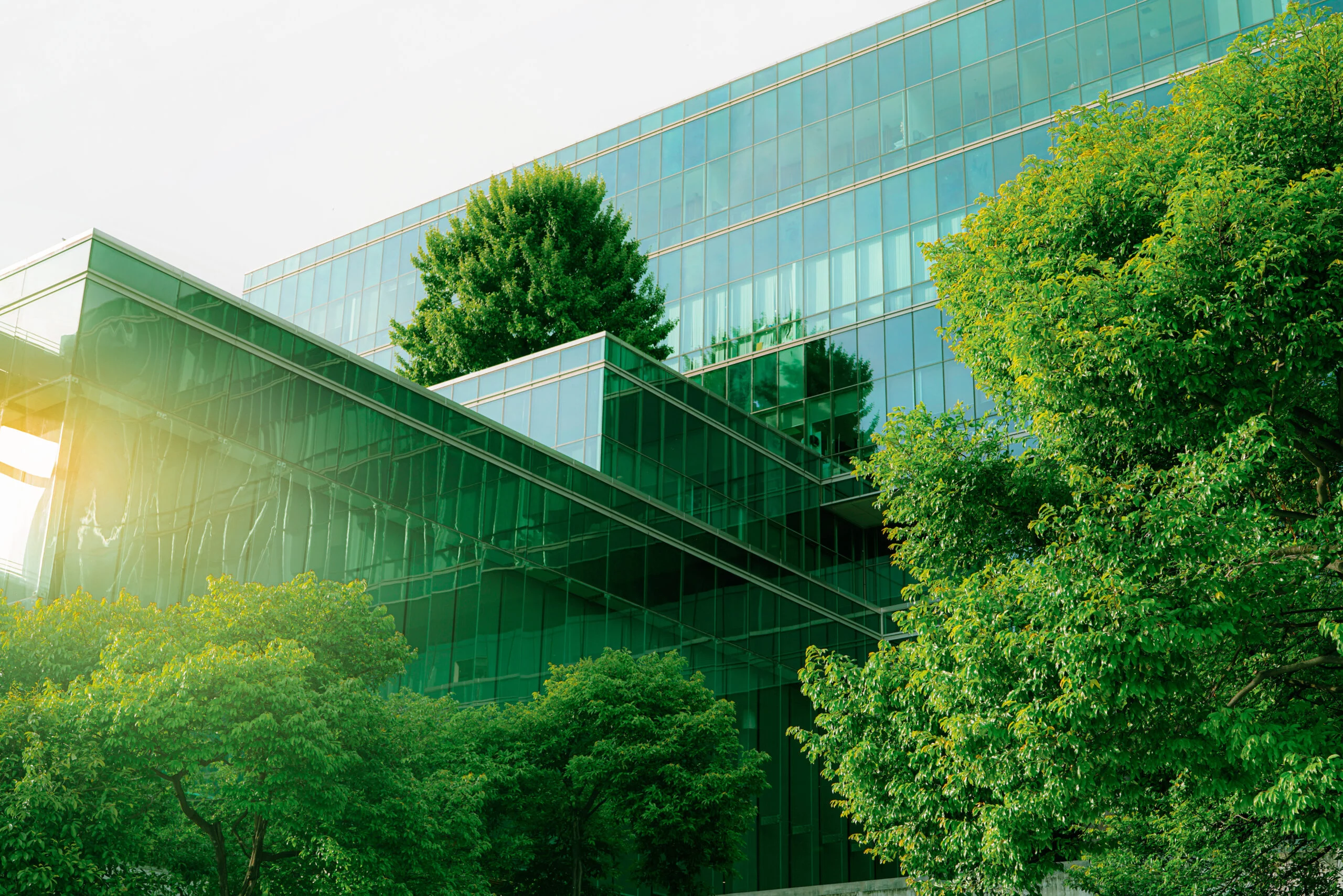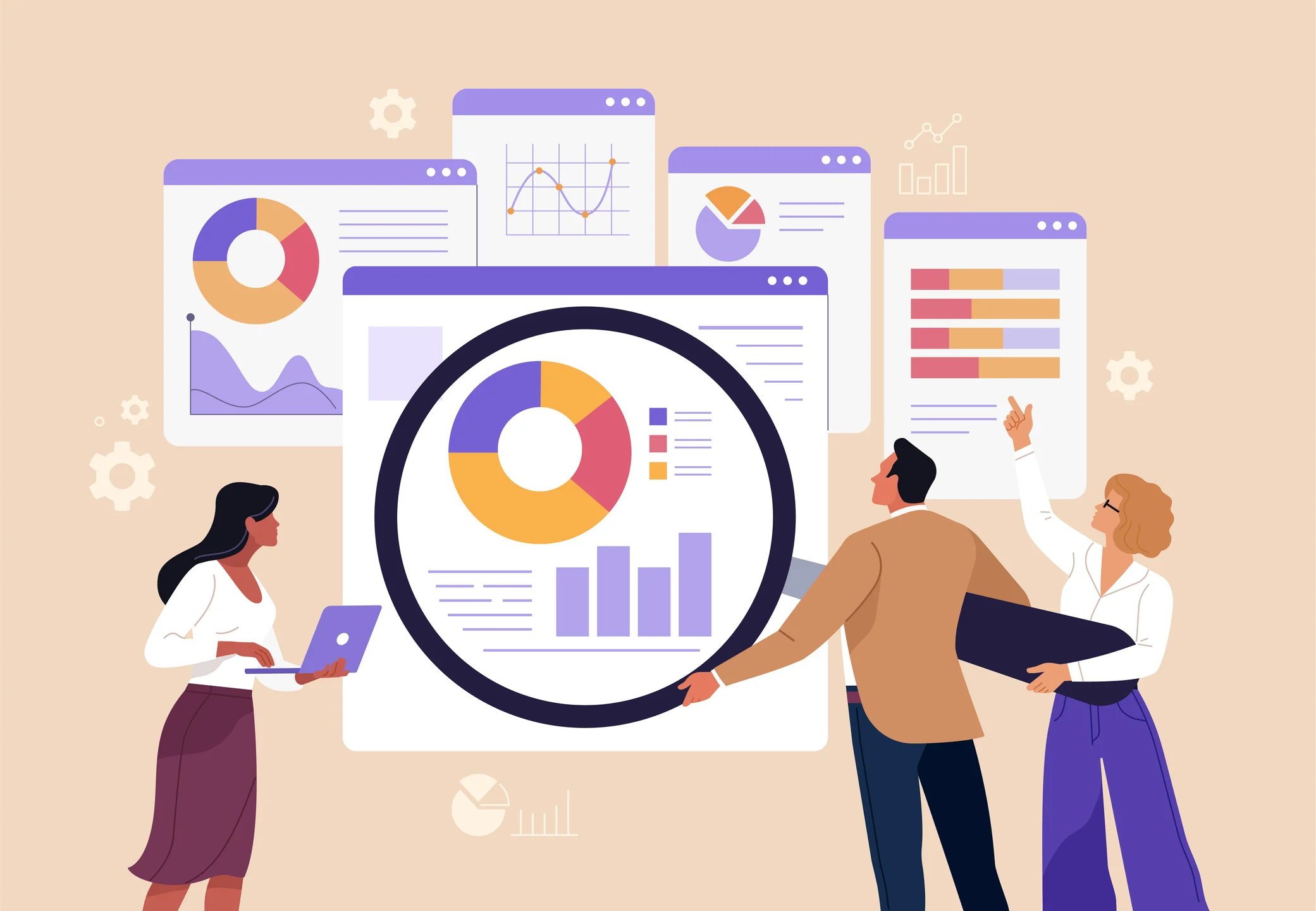Climate action is more than just a buzzword; it’s a global movement with critical implications for utilities. The International Day of Climate Action serves as a reminder of our collective responsibility to safeguard the planet for future generations. Carbon-free sources, including renewables and nuclear power, contributed to 90% of last year’s global growth in electricity generation, underlining the urgency of transitioning towards sustainable energy practices. Beyond the environmental imperative, this day holds substantial significance for utilities, as they play a vital role in ensuring grid resiliency in the face of increasingly extreme weather events, securing diverse and sustainable revenue streams, and embracing energy efficiency as a guiding principle.
Conservation Tips
In the pursuit of a sustainable and energy-efficient future, utilities are not only tasked with providing reliable power but also with promoting responsible energy consumption among their customers. Energy efficiency is at the heart of this mission, and utilities have employed innovative strategies to encourage their customers to become more energy-conscious.
Time of Use Rates
Time of Use Rates (TOU) are designed to discourage energy usage during high-demand periods. By adjusting pricing based on the time of day, utilities aim to incentivize customers to shift their energy consumption to off-peak hours. This not only reduces the strain on the grid during peak times but also helps customers save on their energy bills. It’s a win-win situation that encourages energy efficiency while ensuring grid stability.
Behavioral Marketing
Many utilities have adopted behavioral marketing techniques to encourage energy-efficient practices among their customers. They send out mailers, emails, or notifications that provide tips and information on energy conservation. By educating customers and making them aware of the benefits of energy efficiency, utilities can influence behavior positively. These campaigns often include simple yet effective steps that customers can take to reduce their energy consumption, like using energy-efficient appliances or adjusting thermostat settings.
Load Shifting Tips
Load shifting has emerged as a powerful strategy for both utilities and consumers in the quest for a more energy-efficient future. Load shifting entails the intentional adjustment of energy consumption patterns to optimize efficiency, reduce costs, and promote sustainability. Two key components of load shifting are demand response and EV managed charging, both of which play a pivotal role in enhancing energy efficiency and grid stability.
Demand Response
One of the cornerstones of energy efficiency in today’s grid management is demand response. This strategy involves actively managing electricity consumption to reduce or shift it during peak demand periods when the strain on the grid is at its highest. By incentivizing consumers to reduce their electricity usage during these critical moments, utilities can avoid potential blackouts, minimize the need for costly infrastructure upgrades, and lower operational costs. Demand response encourages consumers to become active participants in grid resiliency and energy conservation.
EV Managed Charging
From manufacturing mandates to developing the necessary charging infrastructure, as the electric vehicle (EV) revolution gains momentum EV managed charging has emerged as a vital tool in promoting energy efficiency. This approach involves implementing rate structures that make charging an electric vehicle more expensive during peak demand hours in some instances while shifting load to off-peak hours serves as yet another tactic. Through rate structures, EV managed charging not only discourages EV owners from charging their vehicles during high-demand periods but also alleviates pressure on the grid. Likewise, load shifting for EVs decreases high energy costs, while enhancing grid resiliency. In either case, it’s a win-win scenario that ensures electric vehicles contribute to grid stability and energy efficiency.
Invest in Renewable Energy
Transitioning to renewable energy sources is a fundamental step in promoting energy efficiency and reducing carbon footprints. It’s not only environmentally responsible but also economically beneficial. As we look to the future, renewable energy options like solar and wind power are becoming increasingly accessible and cost-effective. Investing in these green energy sources offers a multitude of benefits, including reduced greenhouse gas emissions, enhanced grid resiliency, and the creation of new revenue streams.
Community Solar
One of the ways utilities can encourage customers to embrace renewable energy is through community solar programs. These initiatives allow individuals or businesses to invest in a shared solar facility, typically located off-site. Participants benefit from the energy generated by the solar panels and receive credits on their electricity bills. Community solar makes renewable energy accessible to a broader audience, regardless of property ownership or geographic location. By participating in such programs, utilities not only support the growth of renewable energy but also enhance energy efficiency and grid stability.
Virtual Power Plants
Virtual power plants represent yet another innovative approach to promoting renewable energy adoption while optimizing energy efficiency. VPPs are networks of decentralized energy resources, including solar panels, batteries, smart home devices, and electric vehicles, that can be managed collectively. These interconnected systems operate in harmony to meet energy demand, stabilize the grid, and reduce energy costs. Utilities can actively engage in virtual power plant strategies by aggregating these distributed energy resources (DERs) to respond to grid signals effectively. This encourages the use of renewable energy but also enhances the overall efficiency and resilience of the energy ecosystem.
International Day of Climate Action: Energy Efficiency Tips To Fight Climate Change Conclusion
The journey toward a more energy-efficient and sustainable future is a collective effort that involves innovative approaches like demand response, behavioral marketing, and community solar programs; they empower consumers to make environmentally conscious choices and actively participate in the energy transition. By implementing conservation tips, load-shifting strategies, and investing in renewable energy sources, utilities can actively contribute to reducing carbon footprints, enhancing grid resiliency, and creating a cleaner and more cost-effective energy landscape.
By employing technologies like distributed energy resources management (DERMS), which aggregates and optimizes DER technologies, utilities can conserve energy usage during peak times of demand, engage with customers effectively, and unlock the full potential of their energy ecosystems. Together, we can build a brighter and more sustainable energy future where energy efficiency is not only a goal but a reality.






